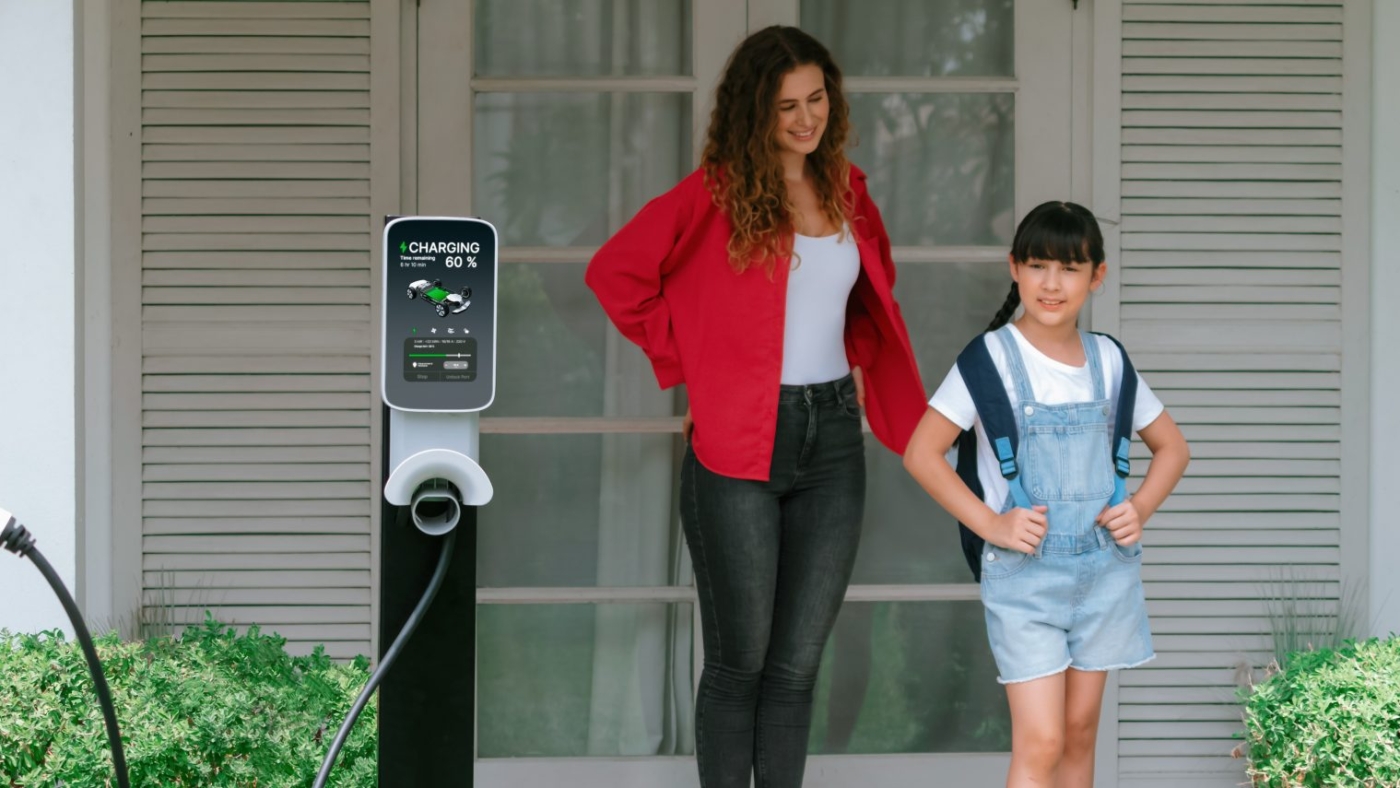For most American electric vehicle owners, home charging is the backbone of their daily driving routine. While flashy DC fast chargers dominate headlines, the reality is that the vast majority of EV charging happens overnight in garages and driveways, using AC current supplied by the local grid. That’s why understanding the role of your car’s onboard charger—and whether it supports single-phase or three-phase AC input—can make a real difference in how convenient and efficient your home charging setup will be.
At its core, the onboard charger is the piece of hardware inside your EV that converts AC electricity from the grid into DC power to store in the battery. The charging speed you get at home isn’t just determined by the outlet or wall unit you install—it’s also limited by the capacity of that onboard charger. In the United States, most homes are wired for single-phase power, which means that many EVs here are optimized for single-phase charging. This typically supports up to around 7.2 kW on a 240-volt Level 2 system, translating into 20 to 30 miles of range added per hour. For many households, this is sufficient, especially when vehicles are plugged in overnight and have six to ten hours to recharge before the morning commute.
However, as EV adoption grows and battery capacities expand, the question of charging speed becomes more critical. In other regions such as Europe, three-phase home power is common, allowing EVs equipped with three-phase onboard chargers to draw significantly more current—often up to 11 kW or even 22 kW. That can cut home charging times dramatically, making it possible to recover hundreds of miles of range in a single night. While three-phase power isn’t typically available in American residential neighborhoods, some commercial buildings and industrial zones do have it, meaning U.S. drivers with access to those facilities might benefit if their EV supports three-phase input.
This raises an important consideration: knowing the onboard charger your EV comes with. Automakers don’t always highlight it in marketing materials, but the difference between a 7 kW single-phase charger and an 11 kW three-phase charger is substantial. For U.S. drivers, if your daily mileage is modest and your charging routine is predictable, single-phase is likely more than enough. But if you’re a heavy commuter, live in a multi-EV household, or plan to take advantage of faster AC charging at workplaces or public stations, having three-phase capability could add real convenience and flexibility.
It also highlights the importance of planning your home charging installation wisely. Many U.S. homeowners are upgrading to Level 2 chargers, which require a dedicated 240-volt circuit. While that unlocks the potential of faster charging compared to a standard 120-volt outlet, the actual benefit depends on the onboard charger inside the car. Installing a 48-amp wall box doesn’t deliver 48 amps of charge if your vehicle can only accept 32 amps on single-phase. Understanding that bottleneck allows you to match your equipment purchase to your car’s capability and avoid overspending on hardware you can’t fully use.
There’s also the future-proofing angle. EV technology is evolving quickly, and what feels like adequate charging speed today may feel sluggish in five years when battery sizes increase. Some manufacturers are beginning to equip U.S. models with higher-capacity onboard chargers, anticipating demand for faster home charging even if the grid infrastructure lags behind. Buyers who consider the onboard charger as part of their purchase decision will be better positioned for long-term satisfaction as their driving needs evolve.
For American EV owners, another key takeaway is the difference between AC and DC charging. While DC fast charging bypasses the onboard charger entirely and pumps power directly into the battery, it isn’t practical for everyday use due to cost, infrastructure wear, and battery health considerations. AC home charging remains the most sustainable solution, which makes the nuances of single-phase versus three-phase all the more relevant. Even if three-phase access is rare in U.S. homes today, understanding the limitations of single-phase helps drivers set realistic expectations and build charging routines that fit their lifestyle.
Final Thoughts
As the U.S. transitions toward an electrified future, home charging will remain the cornerstone of EV ownership. Whether your onboard charger is single-phase or three-phase may not sound like a big deal, but it can shape your daily experience in subtle yet important ways. Knowing your EV’s capabilities, aligning them with your household power setup, and planning accordingly ensures you get the most out of your charging investment. For American consumers, it’s not just about buying the right car—it’s about making sure the car and the home charging system work together seamlessly to deliver convenience, efficiency, and confidence on every drive.

